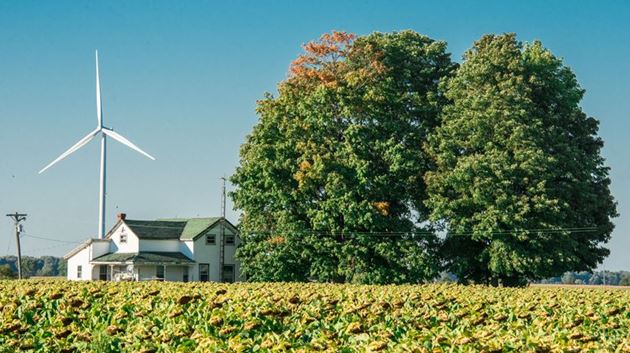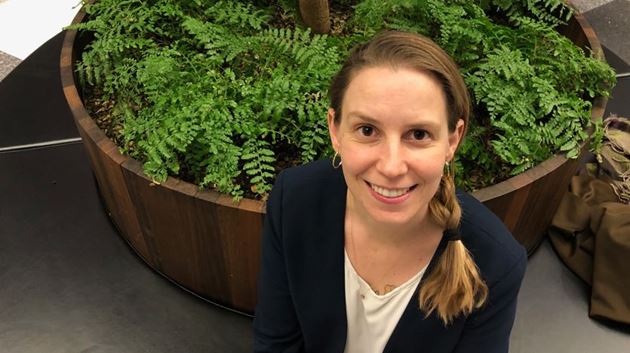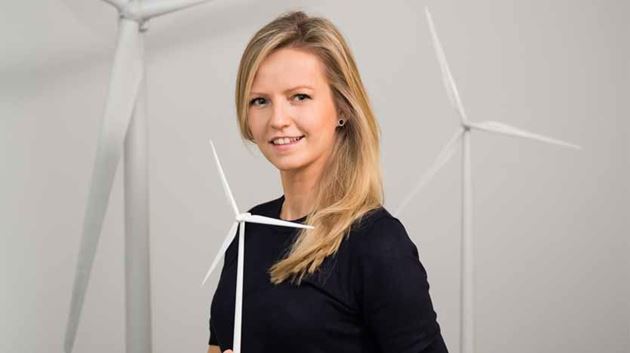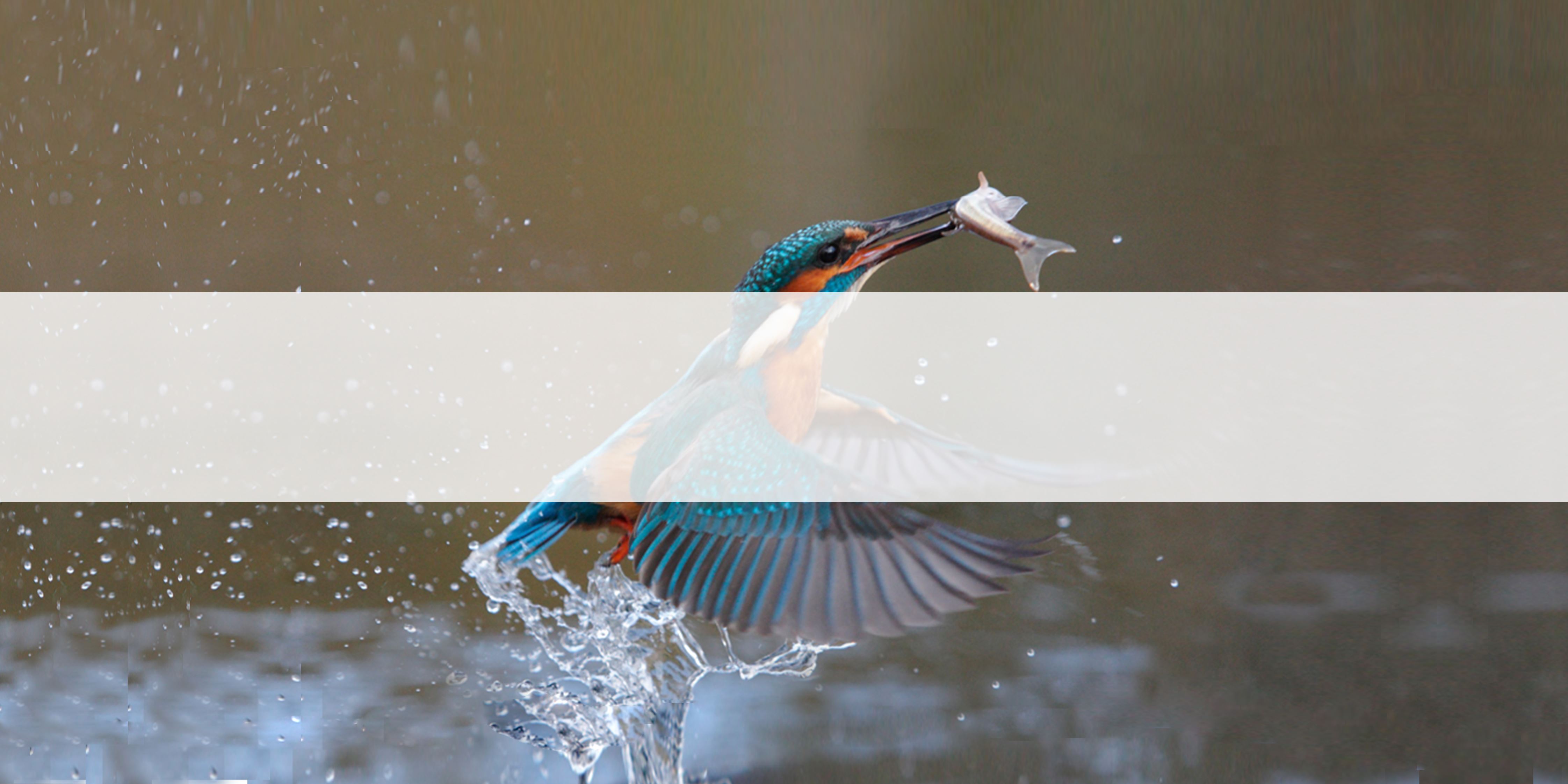
Animal muse
Madrid / 9 April 2020
Nature is an inexhaustible source of inspiration and a true example of adaptation to the most extreme environments. The silent flight of owls and the bioluminescence of fireflies are amazing examples that humans have copied in technology. Millions of years of natural trial and error have served as a model for numerous advances in science and engineering.
Drawing inspiration from nature to inform science and technology is what the science of biomimetics is all about. In the animal kingdom, there are numerous examples of species that have varied their morphology to adapt to their environment. This is what biomimetics studies, taking ideas from nature's mechanical systems or chemical processes to solve human problems.
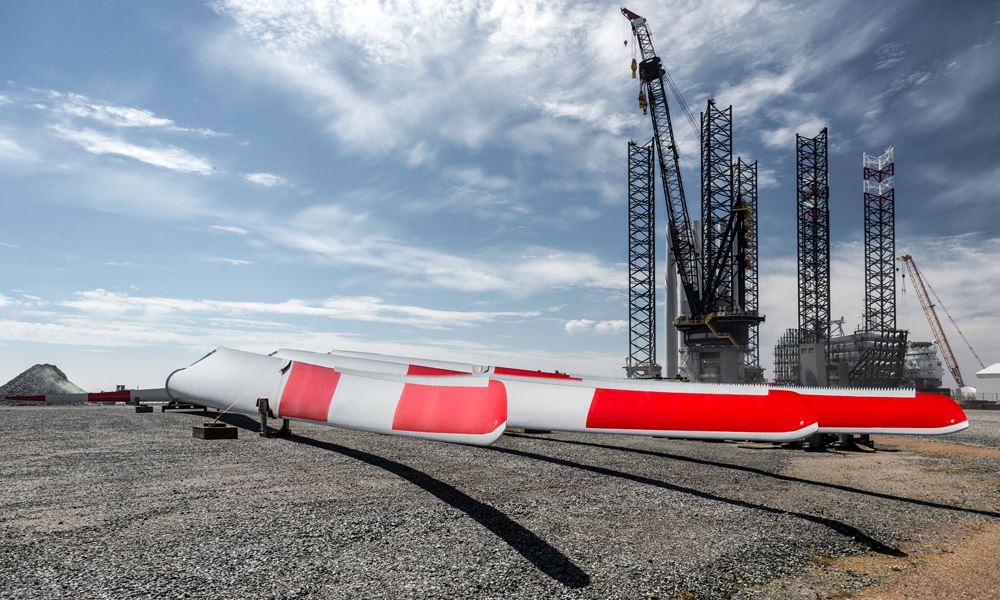
Although relatively unknown, it is by no means a new science. Leonardo Da Vinci himself was one of its most ardent practitioners. He designed his famous flying machines based on observation of the anatomy and movements of birds and bats. His ornithopter was similar to the modern hang-glider. It had shock absorbers that simulated birds' legs to cushion take-offs and landings and, unlike current aircraft, it was equipped with a system of pulleys to move the wings. He even designed a rudimentary parachute.
Gustave Eiffel, a master of modern architecture, was also directly inspired by nature — by human anatomy in this case. His design for the Eiffel Tower in Paris was based on his analysis of the femur and how this bone supports the weight of our body. The result was the most spectacular tower of its time, and it held the record for the tallest structure in the world for 40 years until it was beaten in 1930 by the Chrysler building in New York.
More recently, in the 1940s, we had one of the best-known proponents of biomimetics: George de Mestral. After taking a walk, he noticed how thistle seeds had become entangled in his dog's fur. On closer examination, he discovered that the seeds had little hooks; that inspired a process of invention that resulted in the first hook-and-loop fastener, known worldwide as Velcro.
More recently, in the 1940s, we had one of the best-known proponents of biomimetics: George de Mestral. After taking a walk, he noticed how thistle seeds had become entangled in his dog's fur. On closer examination, he discovered that the seeds had little hooks; that inspired a process of invention that resulted in the first hook-and-loop fastener, known worldwide as Velcro.
Engineers drew inspiration from the silent flight of owls to develop DinoTails, a solution that Siemens Gamesa uses on its onshore wind turbines to reduce the noise produced by the blades
Fireflies are fascinating insects. We all know that they glow in the dark, but many people don't know how bioluminescence works. These bugs have a number of light-emitting organs below the abdomen that absorb oxygen and combine it with a substance called luciferin, resulting in a chemical reaction that produces light. A study of how this process works enabled an international team of scientists to create brighter LED lamps. These lamps imitate the microscopic structure of fireflies' abdomens, which are made up of irregular scales that do not fit together and amplify the light as it passes.
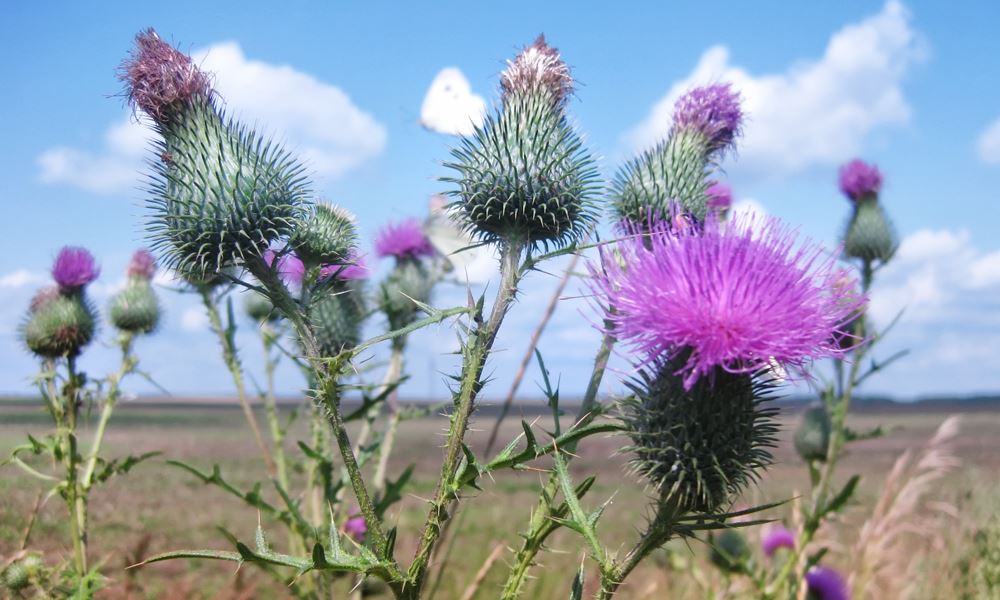
Seeds little hooks inspired a process of invention that resulted in the first hook-and-loop fastener, known worldwide as Velcro.
You may also have heard how shark skin inspired the design of high-performance swimsuits that reduce water drag. But a shark skin's ability to repel water also made it possible to design coatings for hospital walls that repel bacteria. This is important given that hospital bacteria can survive in the most adverse conditions.
Biomimetics has also found applications in transport. Japan's famous bullet train put the country to the forefront in terms of technology. However, it encountered serious problems. Because of its enormous power, a huge volume of compressed air built up in front of the train, creating a sound like a gunshot. The engineers found the solution in a tiny multicoloured bird: the kingfisher. The tapered nose of the new bullet train locomotives emulates the aerodynamic beak of the kingfisher, which is able to exceed 70 kilometres per hour on high-precision flights at water level.
And despite the substantial difference in the use of wings, aeronautics has learned much from the flight of birds. A perfect example is the flaps on the front edge of aircraft wings, which improve stability in flight; they were inspired by the alulas, a group of feathers on bird wings. Located on the front edge of the wing, corresponding to our thumb, the alulas increase lift at low speed by reducing turbulence.
Biomimetics has also found applications in transport. Japan's famous bullet train put the country to the forefront in terms of technology. However, it encountered serious problems. Because of its enormous power, a huge volume of compressed air built up in front of the train, creating a sound like a gunshot. The engineers found the solution in a tiny multicoloured bird: the kingfisher. The tapered nose of the new bullet train locomotives emulates the aerodynamic beak of the kingfisher, which is able to exceed 70 kilometres per hour on high-precision flights at water level.
And despite the substantial difference in the use of wings, aeronautics has learned much from the flight of birds. A perfect example is the flaps on the front edge of aircraft wings, which improve stability in flight; they were inspired by the alulas, a group of feathers on bird wings. Located on the front edge of the wing, corresponding to our thumb, the alulas increase lift at low speed by reducing turbulence.
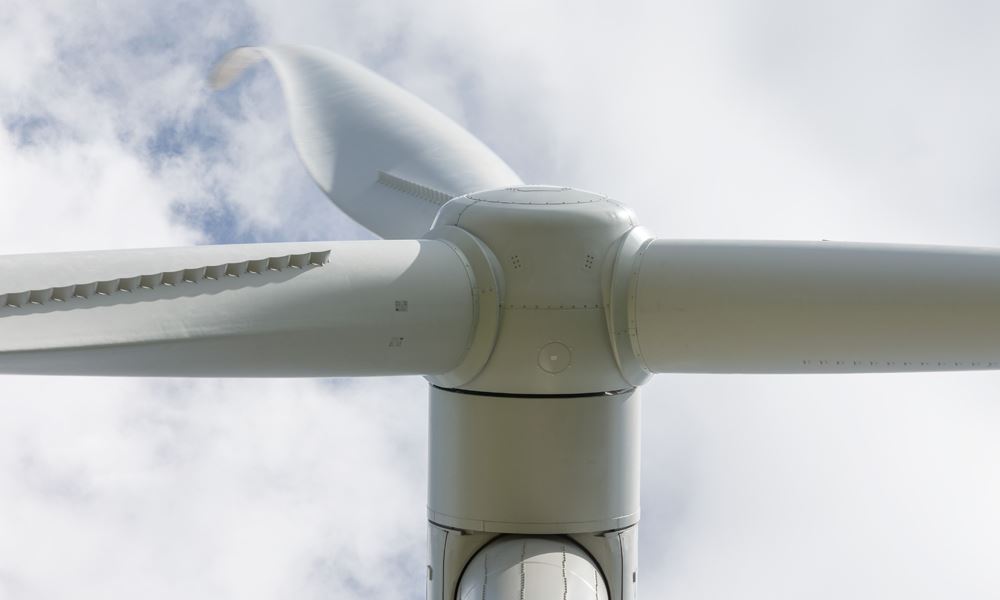
Wind power has also benefited from emulating nature. One of the great challenges that this industry has historically faced is how to reduce the noise produced by wind turbines. As a result, the company’s engineers took inspiration from the silent flight of owls to develop the DinoTails concept. This cutting-edge technology, used by Siemens Gamesa in its onshore platforms, enhances the serrated edge effect by interpolating fine combs between the teeth to generate small flows and further contribute to reducing noise.
These are just a few examples, but biomimetics offers huge untapped potential. Nature has a lead start of billions of years in terms of research and development. That's just one more argument for preserving our planet's enormous biodiversity and its endless scope for inspiration.

